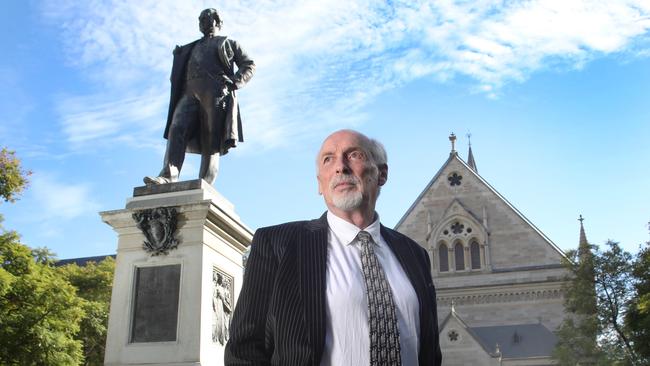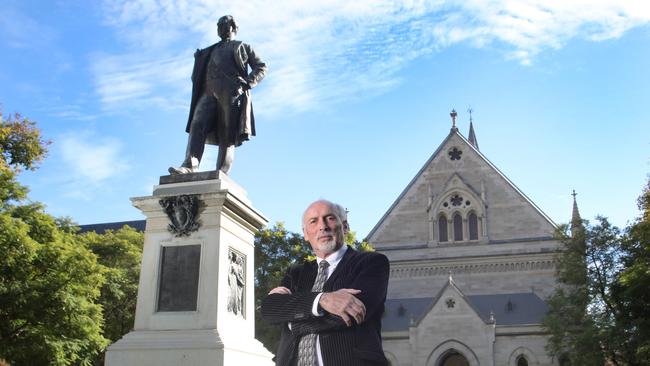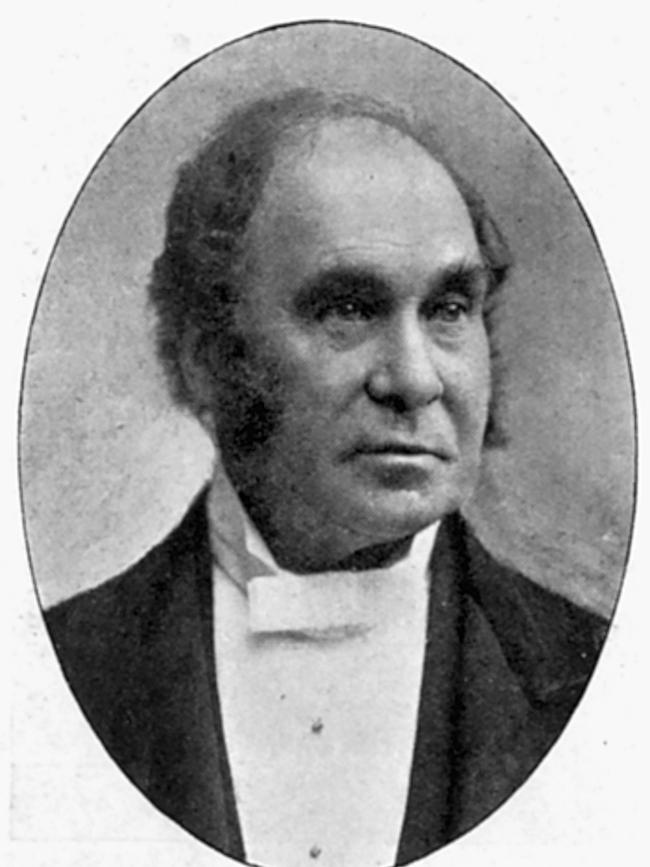New documents suggest the University of Adelaide’s 125-year-old Conservatorium of Music would be axed as part of the historic SA university merger
A 125-year-old prestigious SA musical institution is conspicuously absent in the plans for a new super uni.

Education
Don't miss out on the headlines from Education. Followed categories will be added to My News.
The University of Adelaide’s 125-year-old Conservatorium of Music would be axed as part of the historic SA university merger, according to new documents circulated to staff.
A discussion paper released this week on the possible structure of the state’s new “super institution” doesn’t include the Elder Conservatorium of Music, Adelaide University’s prestigious home of music education in SA.
In its place is a ‘School of Performing Arts and Music’, one of six disciplinary-based schools under the College of Creative Arts and Humanities.
Widely regarded as one of the nation’s leading music institutions, the conservatorium was opened in 1898 and is the oldest tertiary music academy in Australia.
It’s also one of only four music conservatoriums in the country, along with schools in Sydney, Melbourne and Brisbane.
The omission of the treasured institution from the detailed 40-page document, released by joint Vice Chancellors of the new Adelaide University, Professor Peter Høj AC and Professor David G. Lloyd, has raised serious concerns from members of staff.
They say dumping the conservatorium in its current format could have devastating consequences for music education in SA.
Elder Professor of Music, Charles Bodman Rae, the faculty’s most senior member of staff, said he was “blindsided” by any potential change to the structure or name of the institution.
“There is no credible case for any change,” he said.
“The Elder Conservatorium of Music is a prestigious ‘brand’ recognised as such at the national and international levels.
“It is one of the most valuable, publicly valued, and publicly visible brands the University of Adelaide has. So it would seem most odd, even perverse, to cast it aside.”
Professor Bodman Rae said removing the conservatorium would hurt the state’s ability to attract or maintain the best music students in SA.

“How would our friends and colleagues in Brisbane, Sydney and Melbourne react to our de-naming and demotion to the status merely of a school of performing arts?” he said.
“They might be quite pleased, because they would then be in the fortunate position of being able each year to recruit the finest musical talent from SA to move interstate for their training.
“Do I have a message for the joint vice-chancellors as they consult on their plans? Well, yes, I do, a very simple one. Don’t do it. Think again.”
Award-winning composer and local musician Dr Ross McHenry said generations of musicians have trained at the conservatorium, “underpinning Adelaide’s reputation as a centre of musical excellence”.
“As a UNESCO city of music we should be protecting our cherished music institutions not dismantling them,” said Dr McHenry, who has a PhD in jazz composition from the conservatorium.
“Serious assurances must be given that the integrity of the conservatorium not be undermined through the merger restructure.”
Referred to as the university’s ‘Jewel in the Crown, the conservatorium’s history goes back to 1883 when Scottish-Australian pastoralist Sir Thomas Elder funded the country’s first Professorship of Music.
The conservatorium was formally constituted in 1898 thanks to a major bequest from Sir Thomas, which also funded the building of Elder Hall.
It currently has over 500 students across a range of undergraduate and postgraduate programs, covering all professional areas of the music industry.

Sir Thomas’s great, great nephew, the Hon. Justice Christopher Legoe AO KC, said his uncle would be “absolutely shattered” if the conservatorium was impacted by the merger.
“It would be a great setback, and leave a big hole in youth music and the stature of the university in music itself,” said Mr Legoe, 95, a former member of the conservatorium’s board.
The university did not clarify whether or not the conservatorium would be affected in the merger.
“The potential structure looks at the relationships suggested between associated functions and how they will work together to deliver on the strategic ambition for the Adelaide University,” a spokesman said.
“The functional areas within the portfolios are indicated by their core focus, however the proposed high-level functional structure does not go into the specific ways in which existing units within the organisation, including the Elder Conservatorium of Music, are to be arranged.
“Feedback from the consultation will inform the next phase of detailed planning and refinement.”
University staff can provide confidential feedback to “inform the next phase of detailed planning and refinement” until May 13, the spokesman said.
Last November, the state government secured one of its flagship policies by passing legislation to merge the University of Adelaide and University of South Australia into one super-institution.
The new Adelaide University will open in 2026 and would host more than 70,000 students.





